With the US proxy war in Ukraine raging, Russia quietly postponed nuclear weapons talks with Washington set to take place in Cairo in December.
Officials from the two countries were scheduled to meet in the Egyptian capital to discuss resuming inspections under the New START nuclear arms reduction treaty, which expires in February 2026.
Inspections had been suspended in March 2020 because of the COVID-19 pandemic.
On 8 April 2010, in Prague, then presidents Barack Obama and Dmitry Medvedev signed the New START treaty replacing the expired START I agreement, signed in 1991, in the heady days of the end of the Cold War, by George H. W. Bush and Mikhail Gorbachev.
The legally binding, verifiable pact limited each of the erstwhile enemies to deploying 1,500 strategic nuclear warheads and 800 strategic delivery systems – both significant reductions on what had gone before.
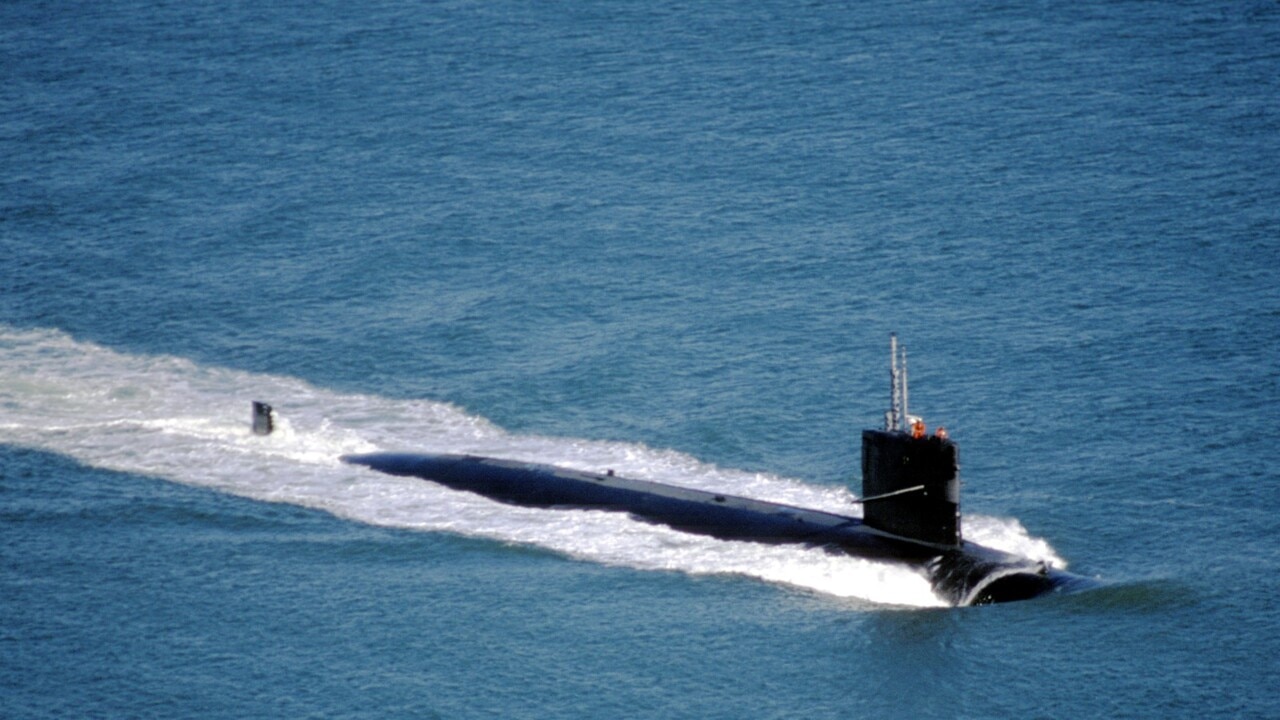
A year earlier, in the same city, president Obama bet heavily on himself, outlining a path toward “a world without nuclear weapons”. The hope of enhancing the world’s safety by abolishing nuclear weapons certainly was not a new idea.
If Obama was not the first to promote the idea of zero nuclear weapons, as the popular president of the remaining superpower he bestowed upon the notion of eliminating nuclear weaponry a particularly significant blessing that drew worldwide attention and approval.
And in doing so, Obama re-energised elements of the non-proliferation regime, beginning with the strengthening of the 1968 nuclear Non-Proliferation Treaty (NPT), the multilateral centrepiece of the modern arms control regime, as a basis for co-operation.
As keepers of the keys to thousands of nuclear weapons, what America and Russia agreed to was important – and still is.
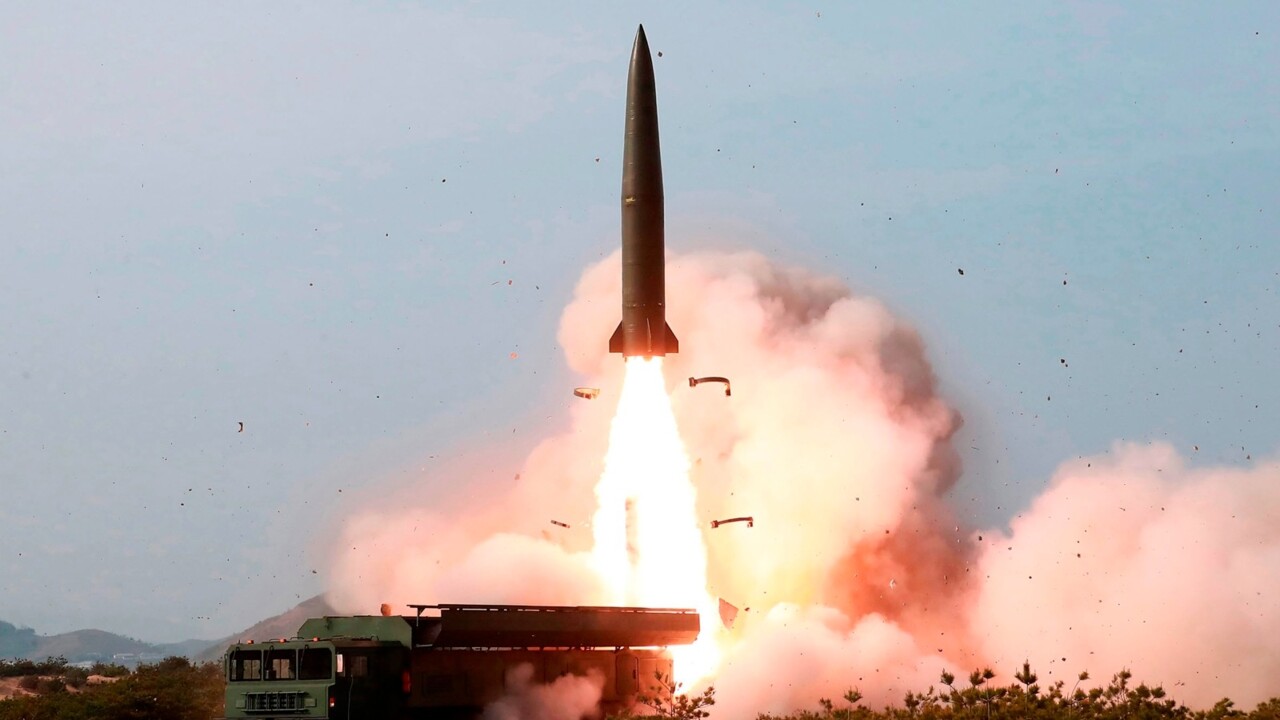
Selling New START
Ratification of New START came much easier in Moscow than in Washington. The lower house of Russia’s parliament gave overwhelming approval of the treaty in a 350-58 vote in late December 2010 and the next month approved the second and third reading.
A day after, the upper house concurred in late January 2011 and, when signed by Medvedev, the ratification procedure was completed.
In Washington, meanwhile, various Republican senators raised several questions: Would Obama allocate sufficient funds for the modernization of the U.S. nuclear forces? Did the treaty interfere with the US’s planned deployment of missile defences? And why did the treaty not reduce tactical nuclear weapons?
Following an eight-month delay and eight days of debate, with then vice president Joe Biden on the margins – the Senate on December 22 voted 71-26 to ratify the treaty that entered into force on February 5, 2011.
Approval came at heavy cost, however, as the administration pledged $10 billion over ten years to increase an already enlarged budget for the nuclear weapons industrial complex.
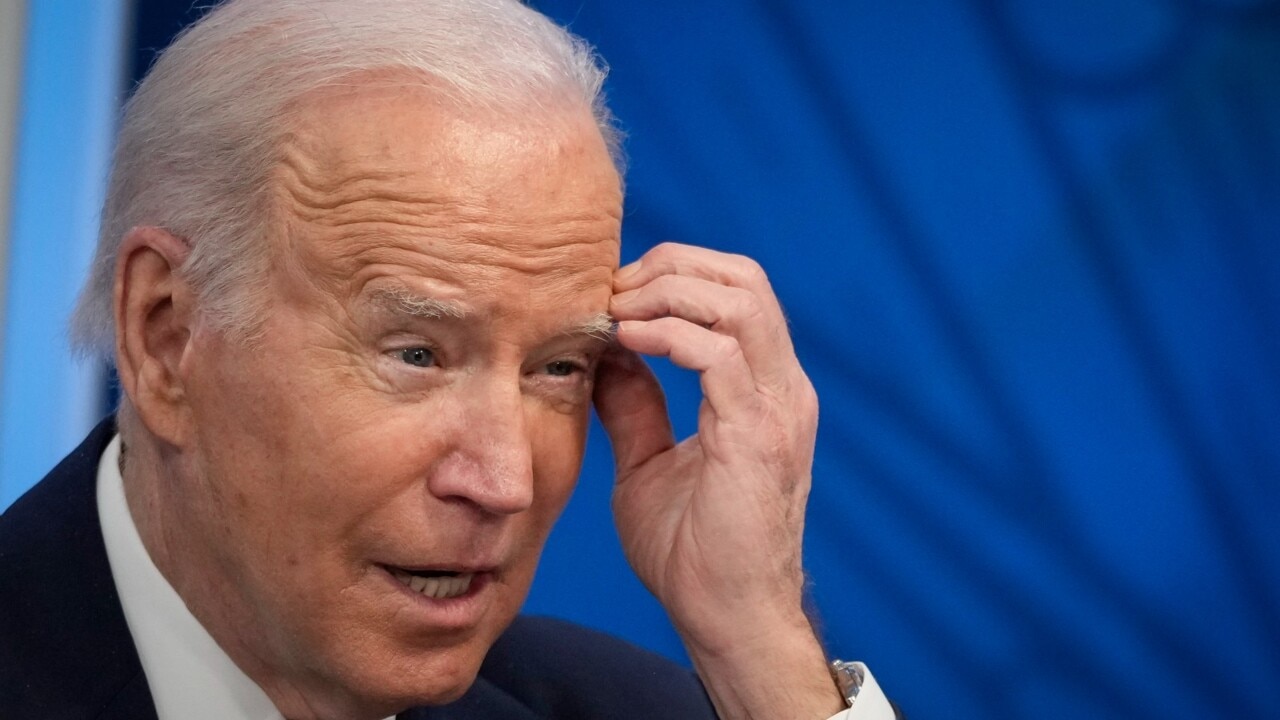
The nuclear Wild West
There will be serious problems ahead without the renewal New START – the last treaty standing between a semblance of mutual predictability in Moscow and Washington’s nuclear relations and the return of the nuclear Wild West.
The information provided through the treaty’s implementation alone contributes mightily to reducing the risk of strategic surprise, mistrust and miscalculation that can result from excessive secrecy or worst-case assumptions – on both sides.
No less Cold Warriors than Richard Nixon and Ronald Reagan could see the virtue of investing in nuclear arms treaties such as SALT I and the ABM Treaty and the Intermediate Nuclear Force Treaty, respectively, without much hesitation or soul-searching. Moreover, each was surrounded by nuclear arms experts who could be counted on to negotiate and sell the treaty – realists to the core.
The art of the nuclear deal has frankly languished both in Washington and Moscow in recent years, and not about to right itself.
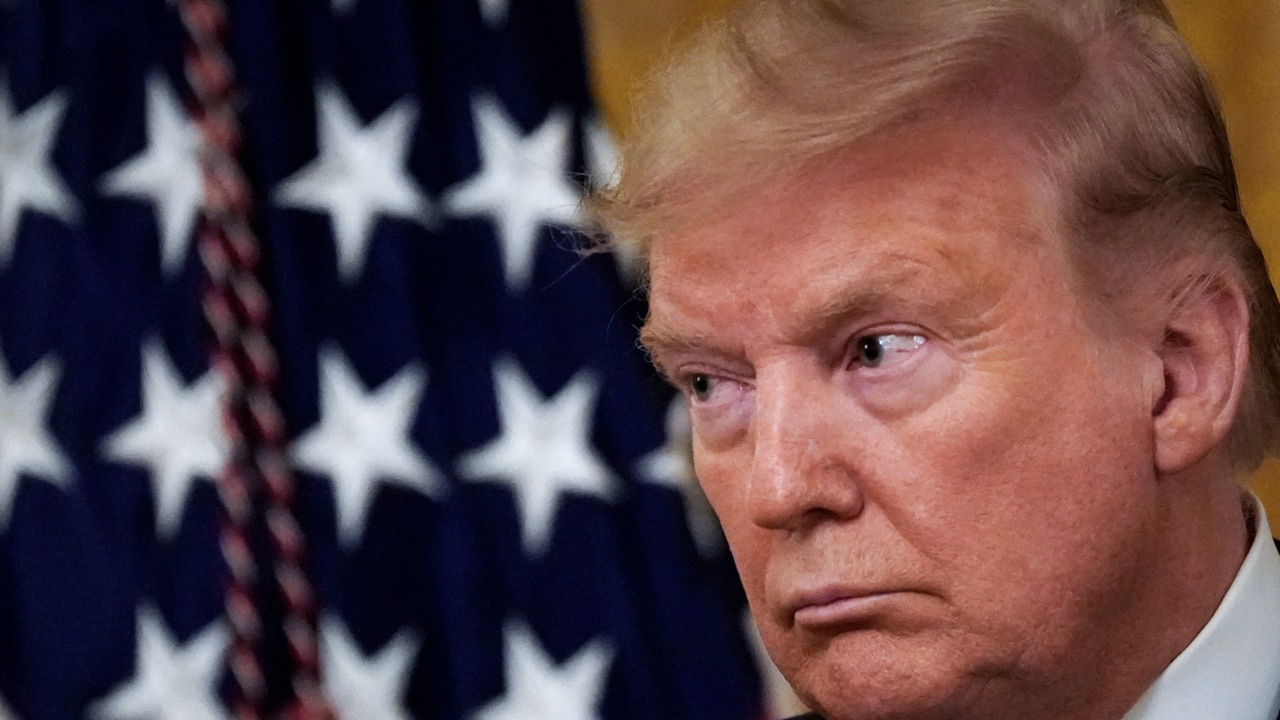
Nuclear weapons and why they matter
Nuclear weapons have not been used in anger since Hiroshima and Nagasaki, 75 years ago, yet real concerns about their potential use have remained conspicuously present.
“If you introduce them,” observed Representative Adam Smith, chairman of the US House Services Committee, “you cannot predict what your adversaries are going to counter with, and an all-out nuclear war is the likely result, with the complete destruction of the planet”.
The end of Moscow-dominated communism in 1991 did little to solve the problem of living dangerously with nuclear weapons. The nuclear past was never dead, nor was it even past.
We hardly need President Putin to remind us of the nuclear threat.
As Bill Clinton’s first secretary of defence Les Aspin aptly put it, “The Cold War is over, the Soviet Union is no more. But the post-Cold War world is decidedly not post-nuclear”.
For all the talk about reducing nuclear stockpiles to zero, the bomb is here to stay. Gone may be the days when living with the bomb meant, in the words of former Secretary of State Madeline Albright, “Each night we knew that within minutes, perhaps through a misunderstanding, our world could end and morning never come,” but if the threat of global nuclear war has receded, it has not disappeared.
By any standard, the prospect of a global post-nuclear age has not progressed much further than wishful thinking.
















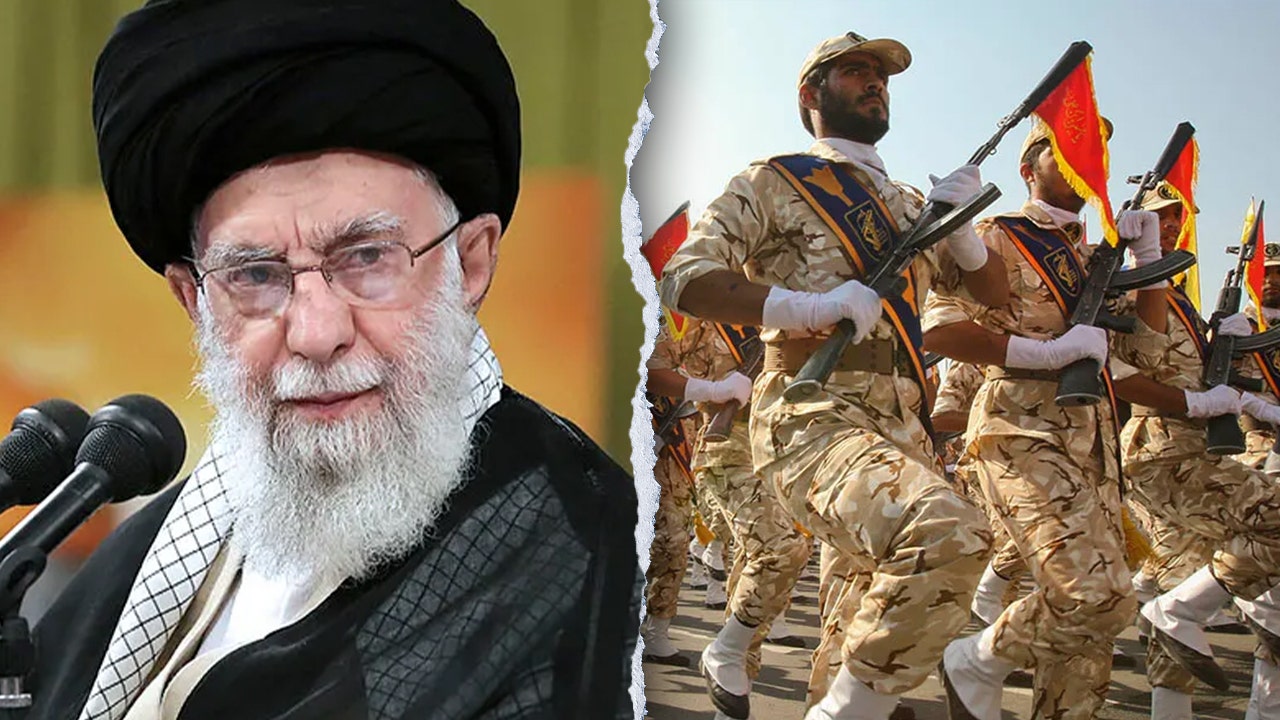


 #shorts
#shorts

Discussion about this post